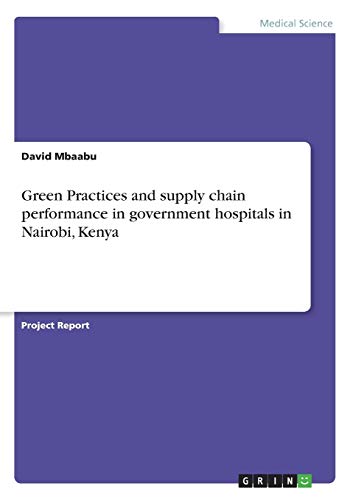Question
discuss Muneis use of both internal and external recruitment. Today was the big day and Munei had been at work since 6.30am. The first of
discuss Muneis use of both internal and external recruitment. Today was the big day and Munei had been at work since 6.30am. The first of the recruitment advertisements was out in the local newspaper and she had to make sure the recruitment team was all prepared. It was two years since she had joined the company, Meteor, and helped set up the original factory. After doing some thorough HR planning two months ago, Munei realised that she needed to fill an additional sixty positions within a six-month period. The 60 positions were as follows: 30 production operatives 15 service engineers and support personnel 8 office support staff 3 sales representatives 4 staff for a new team was a new initiative that was being piloted at her site, run by Imran Amir, an experienced manager head-hunted from a similar organisation. From the original recruitment exercise, Munei had accurate job descriptions and specifications for all the jobs except the new call-centre positions of senior advisor and operational consultant. Together with Imran, she conducted job analyses for these jobs and developed a set of competencies for each of them that matched their specific requirements. For the senior advisers, they centred on persuasion, planning, and presentation for the operational consultants, they centred on leading, training, problem-solving and delegation. For such a large recruitment exercise, Munei recognised that she would normally work with a recruitment agency, selected for their knowledge of the area. This had been the process when the site was initially set up. However, she was aware that the economy of the area had been hit over the last year by a series of plant closures so recruitment itself should not be too difficult. She wanted to see if she could avoid the inevitable high costs of agency fees (in the region of R1,150,000) and she had not been completely satisfied with the service provided on the original recruitment. However, she could not handle it all on her own. Therefore, she had put together a small team consisting of a year-out Business Studies student who had been taken on for a variety of projects three months earlier and who had quickly shown a grasp of the business and its key requirements an early-retired ex-HR manager (whom she had met at a conference) who was happy to take on a six-month part-time brief at reasonable fee and, finally, a staff member who was returning from maternity leave and had asked for the opportunity to carry out part of her work at home. Other administrative staff would be seconded for short periods and agency staff would be used when necessary. In the company magazine three months earlier, Munei had informed all the staff of the site expansion, and the bulldozers were already at work. With the next magazine, she included a complete breakdown of the positions and details of how staff could apply, giving deadlines and approximate selection timings. She also gave details of the recruitment bonus scheme, whereby employees who put forward names of friends and relatives who were eventually successful in obtaining employment would receive a Woolworths voucher for R1,000 after the employee's probationary period had been completed. It was made quite clear, however, that applications made through this route would receive no special preferential treatment in the final selection process, although they would be guaranteed an interview. The main gate on the site was onto a main road, so Munei made arrangements for a large signboard to be displayed with the vacancies detailed and for information packs to be available at reception. Also detailed were the dates of the open evenings and Saturday mornings when informal discussions could take place. Through local networking, Munei contacted the human resources managers of the local companies who had recently shed labour through retrenchments, sending them information packs about the vacancies to pass on to any potential applicants. Two months earlier, she had arranged a meeting with the companys advertising agency to draw up a series of advertisements in the local newspapers. For most of the vacancies, applicants were asked to complete standard two-page application forms but, for the callcentre team posts, an additional supplementary form was necessary to capture their match with the required competencies. Applicants were discouraged from simply sending in CVs, given the volume of applications that needed to be processed. In total 900 application forms were received through the advertisements and the other sources. When, later on, Munei carried out the evaluation of what was essentially a very successful recruitment campaign, she found that the newspaper advertisements produced the highest response to selection ratio and the open days the lowest response. However, in cost benefit terms, without counting processing time, the reverse was true so she felt that it was worth the additional effort. Twelve positions were filled through being referred by existing employees
Step by Step Solution
There are 3 Steps involved in it
Step: 1

Get Instant Access to Expert-Tailored Solutions
See step-by-step solutions with expert insights and AI powered tools for academic success
Step: 2

Step: 3

Ace Your Homework with AI
Get the answers you need in no time with our AI-driven, step-by-step assistance
Get Started


